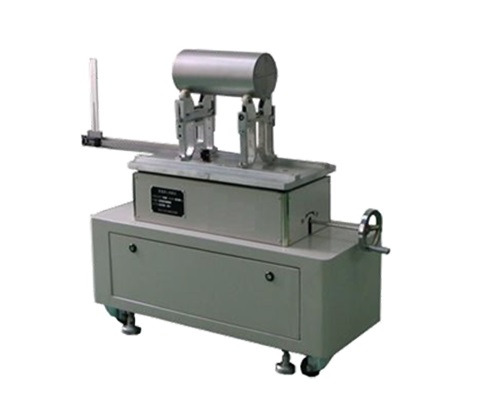WHAT'S THE APPLICATIONS FOR CENTER OF GRAVITY & MOMENT OF INERTIA MEASUREMENT?
The center of gravity measurement system is widely used in:
Automotive
Aeronautics
Space & Satellite
Astronomy
Body motion
For more information on the center of gravity measurement system, please contact us.
CENTER OF GRAVITY & MOMENT OF INERTIA MEASUREMENT SYSTEM CME OFFERS
CME has done much research since 2006:
KRD200 Center of Gravity Measurement System
KRD300 Moment of Inertia Measurement System
KRD201/301/311 Non-standard Mass and Center of Gravity, Moment of Inertia Tester
WHAT IS CENTER OF GRAVITY & MOMENT OF INERTIA?
01
What Is Center of Gravity?
The center of gravity (CG) (or center of mass) of an object is the average location of the weight (or mass). It's a crucial mass property in the fields of aerospace, defense, automotive and related industries for the performance and safety of products. An object suspended from its center of gravity in space will be perfectly balanced. The center of mass is a useful reference point for calculations in mechanics that involve masses distributed in space, such as the linear and angular momentum of planetary bodies and rigid body dynamics.
A force not applied through the center of gravity makes the object rotate about its center of gravity. In flight, both airplanes and rockets rotate about their centers of gravity. When it comes to design of aircraft, spacecraft and even automobiles, calculating the center of gravity is an important part of the process.
02
What Is Moment Of Inertia?
Mass Moment of Inertia (Moment of Inertia) is a measure of an object's resistance to change in rotation direction. Moment of Inertia has the same relationship to angular acceleration as mass has to linear acceleration.
Moment of Inertia of a body depends on the distribution of mass in the body with respect to the axis of rotation. The axis may be internal or external and may or may not be fixed. The moment of inertia (I), however, is always specified with respect to that axis and is defined as the sum of the products obtained by multiplying the mass of each particle of matter in a given body by the square of its distance from the axis.
When a body is free to rotate around an axis, torque must be applied to change its angular momentum. The amount of torque needed to cause any given angular acceleration (the rate of change in angular velocity) is proportional to the moment of inertia of the body. Moments of inertia may be expressed in units of kilogram metre squared (kg·m2) in SI units and pound-foot-second squared (lbf·ft·s2) in imperial or US units.
WHAT’S THE PRINCIPLE OF CENTER OF GRAVITY MEASUREMENT?
01
Mass and centroid measurements are done together by three weighing sensors. The vertical projection of the weighing sensor on the upper platform is shown in Figure 1. The points 1, 2, and 3 respectively represent the contact points of the three weighing sensors and the upper platform, OX and OY are the reference axes of the device, and the origin O is the positioning center of the device. H1, H2, H1, H2, H3 are the vertical distances of the three weighing sensors and the reference axes OX and OY respectively. Let oxyz be the coordinate axis of the projectile, the OX axis of the device coincides with the ox axis of the projectile, and point C is the centroid position of the specimen in the plane OXY, where:
In the formula, W is the mass of the specimen, W1, W2,W3 are the measured value of the sensor at three points 1, 2, and 3, respectively.
After the sub-mass of each point is measured, the radial centroid yc of the specimen in the plane OXY can be obtained by taking the moment of OX in the plane OXY according to the principle of force and moment balance:
Figure 1 Schematic diagram of sensor installation location
Taking the moment of OY, the axial centroid of the specimen can be obtained as
Rotate the specimen 90° around the x-axis to make the oz-axis of the projectile is parallel to the OY-axis of the device. Similarly, the radial centroid Z0 of the specimen in the plane OXZ is
CME Technology Co., Ltd. was established in 2006, specializing in the research, development and manufacturing of mechanical environment and reliability test equipment, our test equipment mechanical products including shock /bump testing machine, drop tester, transportation simulation test table, hydraulic vibration shakers, multi-DOF motion simulation table, centrifugal constant acceleration tester, packaging test machine and etc.
As one of vibration shaker manufacturers, we will do our best to meet all the needs of customers.

